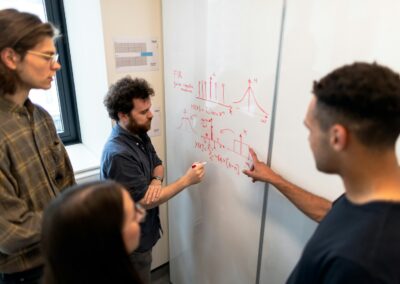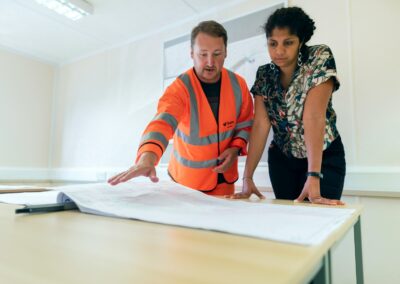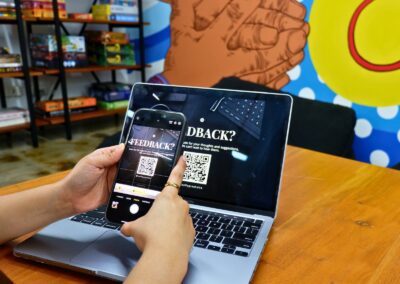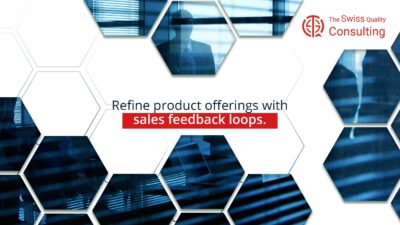Integrating Real-Time Assessment and Feedback
The Importance of Real-Time Assessment in Modern Education
In today’s rapidly evolving educational landscape, integrating real-time assessment and feedback into academic subjects is becoming increasingly crucial. This approach ensures that learning is not only relevant but also meaningful for students. Particularly in regions like Saudi Arabia and the UAE, where there is a strong emphasis on modern technology and educational excellence, real-time assessment can play a pivotal role in transforming the learning experience.
Real-time assessment allows educators to provide immediate feedback on student performance, helping to identify areas of strength and areas needing improvement. This timely feedback is essential for fostering a growth mindset among students, encouraging them to take ownership of their learning journey. By understanding their progress in real-time, students can make necessary adjustments, seek help when needed, and stay motivated to achieve their academic goals.
Moreover, real-time assessment supports personalized learning, a key component of modern education. By leveraging technologies such as Artificial Intelligence (AI) and Generative AI, educators can create adaptive learning environments that cater to the unique needs and preferences of each student. This level of personalization is crucial for ensuring that all students, regardless of their starting point, can achieve success.
Enhancing Relevance Through Real-World Applications
One of the significant benefits of real-time assessment and feedback is its ability to provide real-world applications and contexts for academic subjects. This approach bridges the gap between theoretical knowledge and practical application, making learning more engaging and meaningful for students. In regions like Riyadh and Dubai, where there is a strong focus on business success and leadership development, integrating real-world contexts into education is particularly valuable.
For instance, in a business management course, real-time assessment can involve students working on simulated projects that mirror real-world scenarios. Immediate feedback from instructors can help students understand the implications of their decisions, encouraging them to think critically and strategically. This practical experience prepares students for future roles in the business world, where they will need to apply their knowledge in real-time to solve complex problems.
Additionally, real-time feedback can enhance the learning experience in STEM (Science, Technology, Engineering, and Mathematics) subjects. By incorporating real-world applications, such as engineering design challenges or scientific experiments, educators can help students see the relevance of their studies to real-life situations. This approach not only makes learning more interesting but also helps students develop essential skills such as problem-solving, teamwork, and critical thinking.
Leveraging Technology for Effective Feedback
The integration of advanced technologies, such as AI and Blockchain, can significantly enhance the effectiveness of real-time assessment and feedback. AI-powered tools can analyze student performance data and provide personalized recommendations for improvement. For example, an AI-driven learning platform can identify patterns in student behavior, such as areas where they consistently struggle, and suggest targeted interventions to address these challenges.
Blockchain technology can also play a role in ensuring the integrity and transparency of the assessment process. By securely recording assessment data on a blockchain, educators can provide a verifiable and tamper-proof record of student performance. This transparency builds trust between educators and students, fostering a more collaborative and supportive learning environment.
In executive coaching services, real-time assessment and feedback can be used to provide continuous improvement opportunities for business leaders. By leveraging AI-driven analytics, coaches can offer personalized insights and recommendations based on real-time data. This approach helps executives develop their leadership and management skills more effectively, ultimately driving business success.
Implementing Real-Time Feedback in Education
Strategies for Effective Implementation
Implementing real-time assessment and feedback in educational settings requires careful planning and a strategic approach. Educators need to ensure that the tools and technologies used for real-time feedback are seamlessly integrated into the curriculum. This involves selecting appropriate assessment tools, training educators on their use, and continuously monitoring and evaluating the effectiveness of the feedback process.
One effective strategy is to use formative assessments, which are designed to provide ongoing feedback during the learning process. These assessments can take various forms, such as quizzes, peer reviews, and interactive activities. By incorporating formative assessments into the curriculum, educators can provide students with continuous feedback, helping them stay on track and make progress towards their learning goals.
Another important consideration is the need for professional development for educators. Teachers and instructors need to be trained on how to effectively use real-time assessment tools and interpret the data they generate. Professional development programs can help educators develop the skills and knowledge needed to implement real-time feedback strategies successfully.
Challenges and Solutions
While the benefits of real-time assessment and feedback are clear, there are also challenges that need to be addressed. One of the main challenges is ensuring that the feedback provided is meaningful and actionable. Feedback that is vague or generic is unlikely to be useful to students. To address this challenge, educators need to provide specific, targeted feedback that students can use to improve their performance.
Another challenge is the potential for information overload. With the vast amount of data generated by real-time assessment tools, it can be difficult for educators and students to focus on the most important information. To overcome this challenge, it is essential to prioritize and filter the data, highlighting the key insights that will have the most significant impact on student learning.
Finally, there is the issue of equity and access. Not all students may have the same access to the technology and resources needed for real-time assessment and feedback. To ensure that all students benefit from these innovations, educational institutions need to address disparities in access and provide support for students who may need additional resources.
Future Prospects and Conclusion
Looking to the future, the integration of real-time assessment and feedback in education is likely to become even more advanced and widespread. As AI and other technologies continue to evolve, their potential to enhance personalized learning and provide meaningful feedback will only grow. In regions like Saudi Arabia, the UAE, Riyadh, and Dubai, where there is a strong commitment to educational innovation, the future of real-time assessment looks promising.
In conclusion, real-time assessment and feedback offer significant benefits for making learning more relevant and meaningful for students. By providing immediate, personalized feedback and integrating real-world applications into the curriculum, educators can enhance student engagement and motivation. With the support of advanced technologies, real-time assessment can transform education, preparing students for success in their academic and professional lives.
#RealTimeAssessment #FeedbackInEducation #AcademicRelevance #PersonalizedLearning #SaudiArabia #UAE #Riyadh #Dubai #ArtificialIntelligence #ExecutiveCoaching #GenerativeAI #ModernTechnology #BusinessSuccess #LeadershipSkills #ManagementSkills #ProjectManagement























